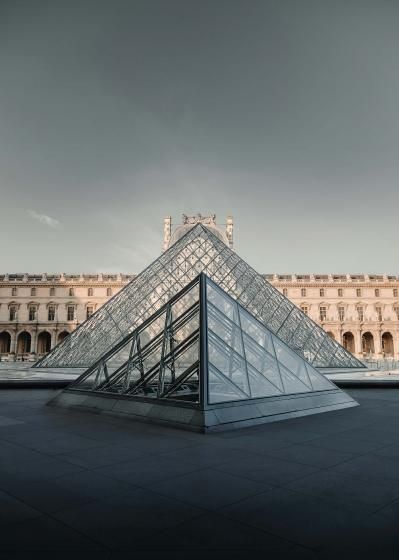The figure of the fool has traversed the centuries, imbued with mystery and fascination. From court jesters to characters in search of a consuming love, madness has long intrigued, provoked, and inspired. For the first time, the Louvre Museum dedicates an exhibition to this complex figure with Figures of the Fool, a groundbreaking exploration of the various facets of the fool through over 300 historical works, including sculptures, illuminations, ivories, paintings, and tapestries.
A Journey Through the Ages: The Imagination of Madness
The exhibition’s journey reveals the evolution of the fool, from medieval mystics to the satirical characters of the Renaissance. From the "divine madness" of Saint Francis to the love-stricken heroes like Tristan and Lancelot, the figure of the fool oscillates between religious exaltation, intense romanticism, and defiance of social norms. The presented illuminations and ivories unveil this courtly ideal where madness embodies passion and the internal conflict between reason and desire.
Madness as a Tool for Subversion
From the 14th century onwards, the figure of the fool becomes politicized and takes its place in royal courts, playing the role of an indirect critic of the powerful. The court fool, with their colorful clothes and jester’s staff, becomes an ambivalent character, both close to the elites and capable of denouncing the flaws of power. By the dawn of the Renaissance, the fool transforms into an icon of freedom of expression, embodying laughter and satire to question social conventions and injustices.
Bosch, Bruegel, and the Fool as a Mirror of Society
The exhibition highlights works by Bosch and Bruegel, who, through their satirical representations, illustrate the religious and social anxieties of their time. The fool here becomes a mirror of human flaws, shifting between the grotesque and the tragic. Visitors are invited to immerse themselves in these visions, where humor and gravity blend to offer a striking portrait of late medieval society.
A Lasting Legacy
The exhibition closes by exploring the impact of the figure of the fool in 19th-century art. Artists, influenced by the political upheavals of their time, revisit the character, infusing it with new and often tragic dimensions. They remind us that madness remains an inseparable part of humanity, a theme that continues to resonate in artistic creation.
An Immersion into the Heart of Madness
Figures of the Fool is an invitation to reflect on the mystery of madness, its symbolic reach, and its profound influence on art and culture. Through this exhibition, the Louvre offers a captivating immersion into the history and representations of madness, a journey where each work sheds new light on this eternal symbol of the human condition.
Photo ©Gilley Aguilar - Unsplash


